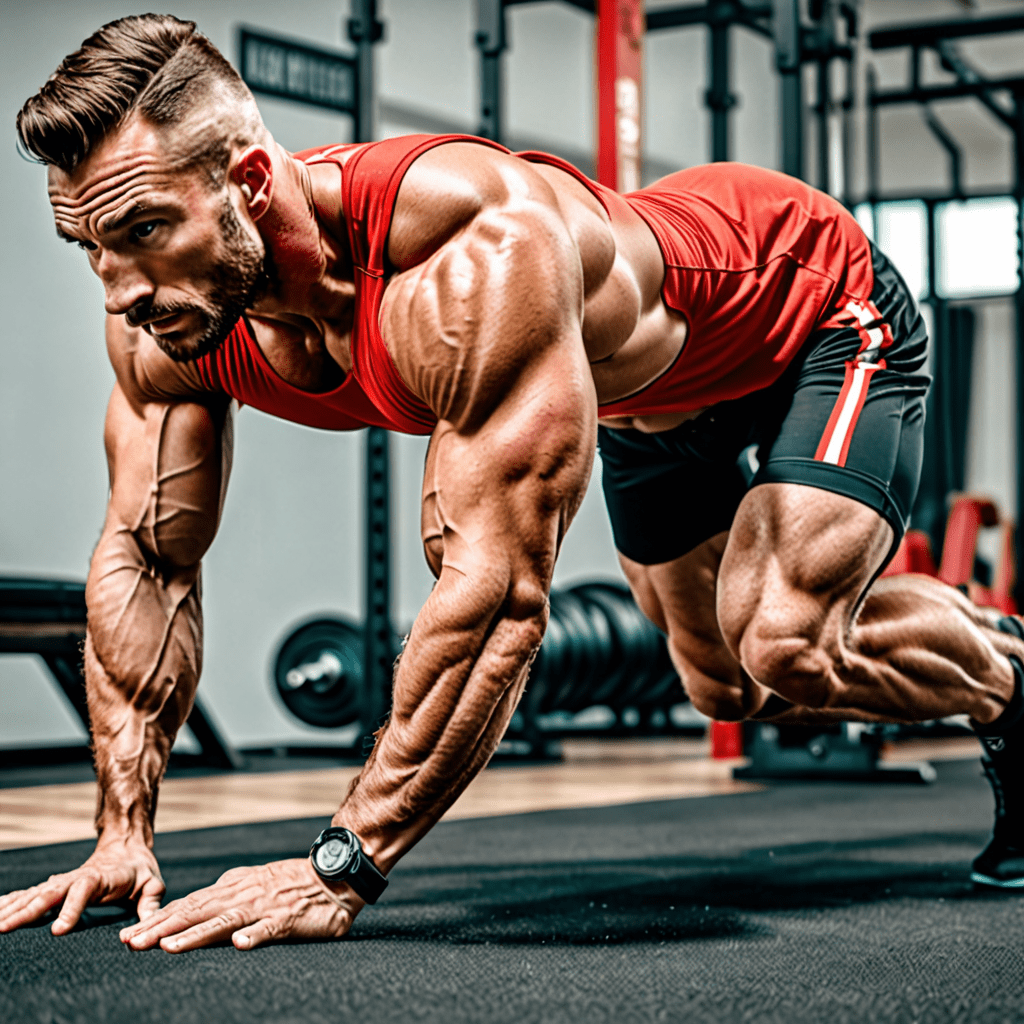
Why Do I Fall Back When I Squat?
Squatting is a fundamental exercise that engages multiple muscle groups and is essential for building lower body strength. However, if you find that you often fall back or lean backward during a squat, it can not only compromise your form but also increase the risk of injury. Understanding why this happens and how to fix it is crucial for improving your squat technique. In this article, we will explore the possible causes of falling back during a squat and provide tips to help you correct this issue.
Possible Causes of Falling Back
There are several reasons why you might fall back when performing a squat. Some of the most common causes include:
- Weak Quadriceps: If your quadriceps, the muscles at the front of your thighs, are weak, it can cause your body to tilt backward as you squat. This occurs because the quadriceps are responsible for stabilizing the movement and maintaining proper alignment.
Imbalanced Muscle Strength: Muscle imbalances, such as having weaker glutes or hamstrings compared to your quadriceps, can lead to falling back during a squat. When the posterior chain muscles are not sufficiently engaged, it can cause a shifting of the weight distribution, resulting in backward lean.
Lack of Core Stability: Core stability plays a crucial role in maintaining proper squat form. If your core muscles, including the abdominals and lower back, are not adequately engaged and stabilized, it can cause your torso to tilt backward.
Incorrect Foot Placement: Placing your feet too far forward or too wide apart can disrupt your balance and cause you to fall back during a squat. Ensuring proper foot positioning is essential to maintain stability throughout the movement.
Limited Ankle Mobility: Poor ankle mobility can negatively impact your squat form. If your ankles lack the necessary range of motion, it can lead to compensation mechanisms, such as leaning backward.
Inadequate Hip Mobility: Restricted hip mobility can contribute to falling back during a squat. Without sufficient hip mobility, it becomes challenging to maintain an upright torso, leading to backward tilting.
How to Fix Falling Back in Squats
If you find yourself consistently falling back when squatting, consider implementing the following strategies to improve your squat technique and address the underlying causes:
- Strengthen Your Quadriceps: Incorporate exercises that specifically target your quadriceps, such as leg extensions and lunges, into your workout routine. Strengthening these muscles will help provide greater stability during squats.
Work on Muscle Imbalances: Address any muscle imbalances by focusing on strengthening weaker muscle groups, such as your glutes and hamstrings. Exercises like deadlifts and hip thrusts can help strengthen these posterior chain muscles.
Engage Your Core: Prioritize core stability by incorporating exercises like planks, Russian twists, and weighted carries into your training program. A stronger core will help you maintain proper alignment and prevent backward leaning during squats.
Check Your Foot Placement: Ensure that your feet are positioned shoulder-width apart and slightly turned out. This positioning provides a solid base of support and allows for optimal biomechanics during the squat movement.
Improve Ankle Mobility: Perform ankle mobility exercises, such as ankle circles and calf stretches, to enhance the range of motion in your ankles. Improved ankle mobility will allow for better alignment and reduce the tendency to tilt backward.
Enhance Hip Mobility: Incorporate hip mobility drills, such as hip rotations and deep squats, into your warm-up routine. These exercises will help increase hip mobility, allowing for a more upright squat position.
FAQ
Q: How can I tell if my squat technique is correct?
A: Proper squat technique involves keeping your chest upright, knees tracking over your toes, and maintaining a neutral spine. If you are unsure about your form, consider recording yourself or seeking guidance from a qualified fitness professional.
Q: Can falling back during squats cause injuries?
A: Yes, falling back during squats can increase the risk of injuries. It places excessive stress on the lower back, knees, and hips, potentially leading to strains, sprains, or other musculoskeletal issues. It is essential to address and correct this issue to prevent injuries.
Q: Is it normal to struggle with squat form initially?
A: Yes, many people struggle with proper squat form when beginning their fitness journey. It takes time to develop the necessary strength, mobility, and coordination. By focusing on technique and gradually progressing, you can improve your squat form over time.
Q: Should I squat with weights if I struggle with falling back?
A: If you struggle with falling back during squats, it is advisable to first work on your form and strengthen the relevant muscle groups without added weights. Once you have corrected your technique and gained stability, you can gradually introduce weights.
Q: Can falling back during squats be fixed quickly?
A: Correcting the issue of falling back when squatting may take time, as it involves addressing muscle imbalances, mobility limitations, and technique. Consistently practicing the recommended exercises and focusing on proper form can lead to gradual improvements over time.
Q: Should I consult a professional for assistance with my squat technique?
A: If you are struggling with squat form or have concerns about falling back, it can be beneficial to consult with a certified fitness professional. They can assess your technique, provide personalized guidance, and help you develop an effective plan to correct any form issues.
Remember, addressing the issue of falling back during squats is crucial for maximizing your workout effectiveness, decreasing the risk of injury, and achieving optimal lower body strength. By implementing the tips mentioned above and remaining consistent with your training, you will be on your way to performing confident and safe squats.


